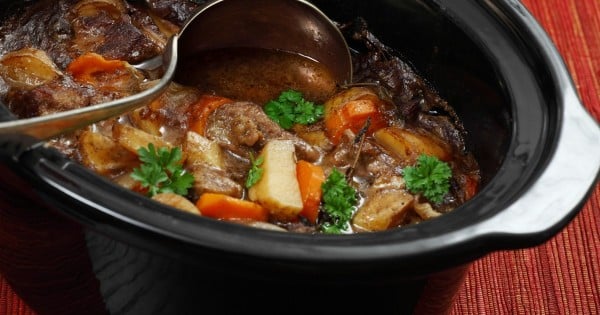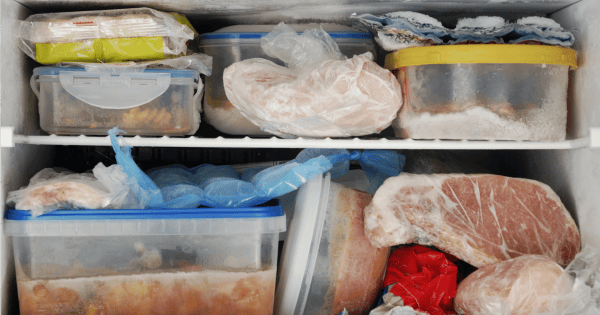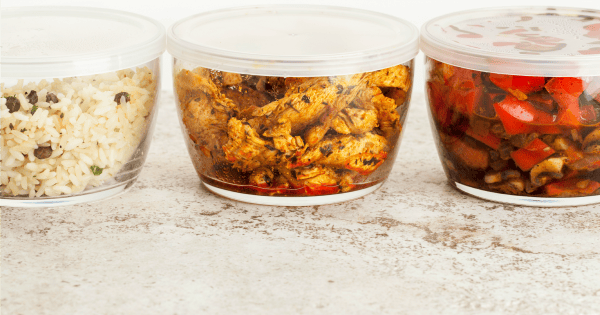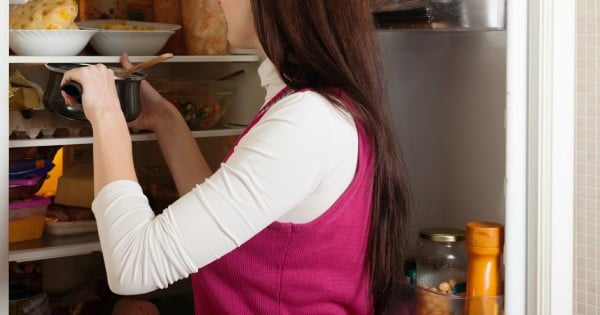

Last week I spent two hours preparing a casserole.
Slow cooked beef and veggies.
Pumpkin, parsnip, carrots, potatoes, garlic, onion, celery and cabbage. All lovingly chopped and diced, all combined and slow cooked for just the right amount of time.
It tasted as delicious as it looked.
And I eagerly anticipated the reaction from my kids when I ladled it into bowls after a cool late evening soccer practise.
What will they think?
Will they realise how much time and effort I put in to it?
I’m winning at parenting today. All that goodness and nutrition.







Top Comments
My biggest tip is to LABEL food that you freeze or that goes into the fridge out of its original packaging with a date. For the fridge food, if it is forgotten about, it avoids the uncertainty which often leads you to throw it out as you are unsure if it is OK or not. Similar with frozen foods, it is easy to forget them sometimes, so by labelling you'll always know how long the food has been in there.